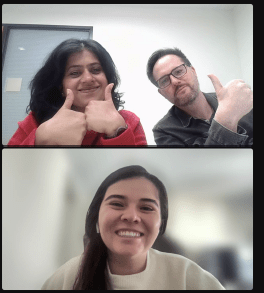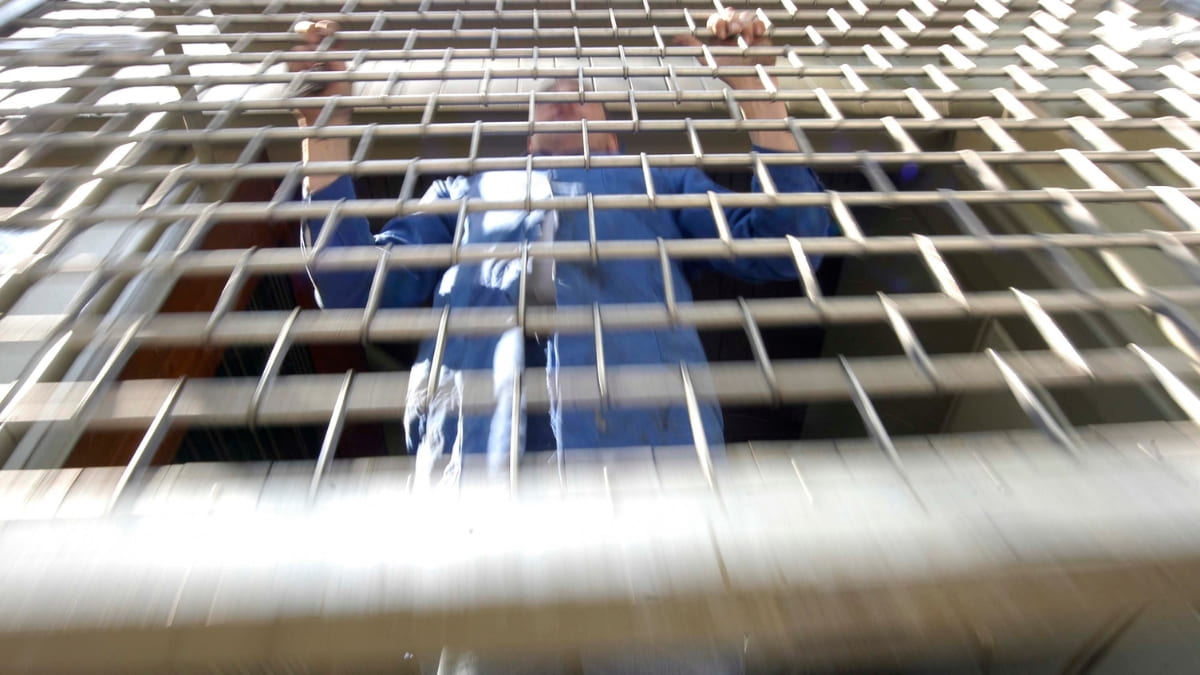Guest blog by Andrea Cuellar, Fabio Ostermann, Nanditha Menon
As a team working on the problem of high recidivism in Marion County, Indiana, we have been through an enriching journey utilizing the Problem-Driven Iterative Adaptation (PDIA) framework. This course has broadened our understanding and provided valuable insights into tackling this complex issue, using coherent small steps to get quick wins, and gaining valuable information about possible next steps.
We used a fishbone to understand the root causes of our problem and, based on that, visualize a challenging problem into potential points of entry to support the returning citizens in this county. Our client was RecycleForce, a social enterprise providing training and transitional employment opportunities for returning citizens, with more than 1,200 returning citizens supported since 2006.

With PDIA methodology, we identified that 51% of those arrested in our county are re-incarcerated within three years, and nearly 46% of these re-incarcerations are due to Technical Rule Violations (TRVs). In addition to the human cost, the economic costs are also incredibly high, with each incarcerated individual costing the state $25000 annually, which puts a clear urgency on the issue of recidivism. We discussed with NGOs working with the same target population, a judge, a returning citizen working as staff in the organization, a RecycleForce employee responsible for seeking further job opportunities for returning citizens, and other relevant stakeholders. Each perspective helped us reiterate and gather feedback as we discussed potential solutions.
We initially thought that changing the criminal system could be the most impactful, but the process took different turns. The initial ask from the organization was about the importance of technical rule violations in recidivism and a policy effort towards minimizing that. However, the more we spoke to the various stakeholders, the more we felt that this may not be the right time for this. The core capacity of the organisation was in providing transitional employment and it was clear they excelled in the same. Their work reduced recidivism among their participants by 6.2 percentage points and they had managed to build their reputation and trust to the point where Parole Officers went to their facilities to do their regular checks.
They are currently working at maximum capacity, already having to steadily turn away new requests, and everyone we spoke to wished they could do more. Further digging revealed the true extent of their workload. RycleForce was not only providing transitional employment and training but also supporting in providing housing, accessing documents, helping with mental health support, high school diplomas, licencisng, and more. We had another iteration with our stakeholders and they were unanimous in their need for further partnerships in these core areas. Upon reflection, this felt like the change that was needed, a coalition of organizations dedicated to the same cause, helping justice-involved individuals transition back to society successfully, but with different core competencies.
Moreover, the Triple AAA Framework analysis implies understanding the organization´s Authority, Ability, and Acceptance to solve the problem; we categorized our solutions in the short to long term and the most feasible solutions in which they had space to create change. We focused on their internal capabilities and the need for coalition building to develop a network of organizations and stakeholders to provide more job opportunities to their target population, better support throughout their reintegration into society, and, in the long term, promote changes in the criminal justice system and be the first step towards forming an advocacy coalition. This is an example of how understanding the most significant underlying factors and working with the authorizer’s competence and strengths is the more context-correct (and probably impactful) approach.
On the other hand, the PDIA process has imparted several key learnings that have reshaped our approach to problem-solving. This methodology can be used in every sector and can innovate how we approach challenges in our organization and create environments that encourage experimentation and positive deviance to drive change. Experiential learning, feedback loops, and acknowledging that problem-solving is a dynamic process and requires many iterations are key to solving complex problems. Therefore, the importance of engaging with diverse stakeholders to gather diverse perspectives in creating comprehensive and inclusive problem narratives because problem understanding leads to well-informed solutions and creates space for changes.
For students or practitioners engaging in the PDIA process, it is valuable to remember that continuous reflection is a powerful learning tool. It is essential to stop, share, and create group dynamics that converge diverse perspectives. Additionally, don’t forget that the work we are doing is about the process, not the solution, as it can limit our understanding of the problem.
Connect with us on Twitter and LinkedIn for more updates on our journeys. We look forward to engaging with like-minded individuals and organizations to drive meaningful change in our communities!

This is a blog series written by students at the Harvard Kennedy School who completed “PDIA in Action: Development Through Facilitated Emergence” (MLD 103) in March 2024. These are their learning journey stories.
